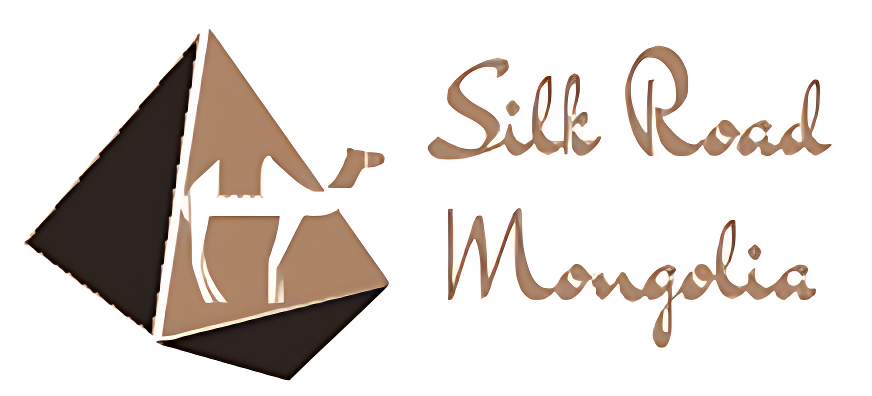Blog
List of Mongolian National Instruments
Morin Khuur
The Morin khuur, also known as the horsehead fiddle, is undoubtedly the most well-known and iconic Mongolian musical instrument. It is a two-stringed instrument played with a bow. The body of the Morin khuur traditionally consists of a horse’s head carved at the top and a wooden soundbox. The horsehair bow is used to create beautiful melodies and express the soulful nature of Mongolian music. The Morin khuur is not only a musical instrument but also a symbol of Mongolian culture and identity.
Yatga
The Yatga is a plucked zither that is an integral part of traditional Mongolian music. It typically features movable bridges and can have up to 21 strings. Similar to the Chinese guzheng, the Yatga produces a melodious and resonant sound. The player uses their fingers or plectrums to pluck the strings, creating enchanting melodies and harmonies. The Yatga is often played solo or as an accompaniment to vocal performances in Mongolian traditional music.
Tovshuur
The Tovshuur is a two-stringed plucked lute that has a long neck and a round body covered with camel or sheepskin. It is commonly used in Mongolian folk and classical music. The strings of the Tovshuur are traditionally made from horsehair, and the instrument is played using fingerpicking techniques. The Tovshuur is often played as an accompaniment to singing, and its deep and resonant tones add a distinct flavor to Mongolian musical compositions.
Bishguur
The Bishguur is a small handheld musical instrument made of metal or wood. It consists of a series of metal or wooden bars that are struck with a mallet to produce musical tones. The number of bars can vary, and the player can create different pitches by striking the bars of different lengths. The Bishguur is commonly used in Mongolian traditional music to provide rhythmic and percussive accompaniment. Its unique sound adds a lively and dynamic element to the overall musical texture.
Shudraga
The Shudraga is a small fretless lute with three or four strings. It is typically made from a carved block of wood and played with a plectrum. The instrument has a distinct sound and is often used in Mongolian traditional music as a solo instrument or in small ensembles. The Shudraga’s warm and mellow tones make it a versatile instrument that can evoke a wide range of emotions in the listener.
Tsuur
The Tsuur is a three-holed end-blown flute made from bamboo or wood. It holds great significance in Mongolian culture and is closely associated with traditional throat singing. The Tsuur is capable of producing haunting and melodic sounds that are often used to accompany vocal performances. Its unique construction and technique allow for the production of multiple pitches simultaneously, creating a mesmerizing and harmonically rich sonic experience.
Khuuchir
The Khuuchir is a bowed string instrument with a rectangular or trapezoidal soundbox. It typically has two strings and is played with a bow. The Khuuchir is known for its vibrant and expressive sound, which is achieved by varying the pressure and speed of the bow on the strings. It is commonly used in Mongolian folk and classical music, both as a solo instrument and for accompaniment.
Limbe
The Limbe is a wind instrument made from the horn of a mountain sheep or goat. It has a conical shape
and is played by blowing across the narrow opening at the tip. The Limbe produces a unique and resonant sound that is often used in Mongolian traditional music to evoke a pastoral atmosphere. Its haunting tones and earthy timbre add a distinct character to Mongolian musical compositions.
These are just a few examples of the traditional Mongolian national instruments. Each instrument carries a rich cultural heritage and contributes to the unique sound and identity of Mongolian music.
